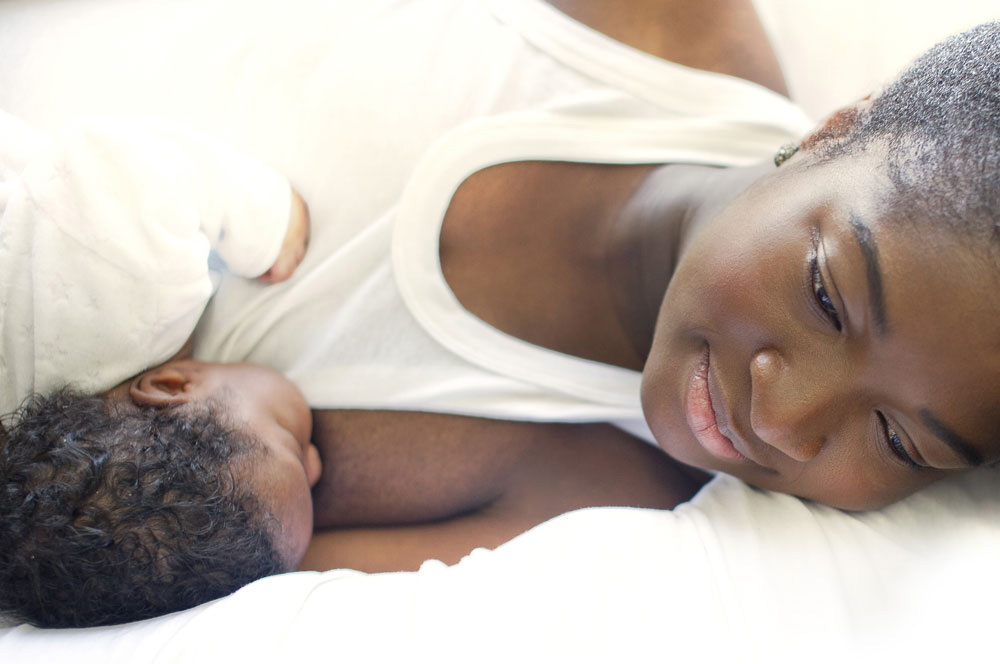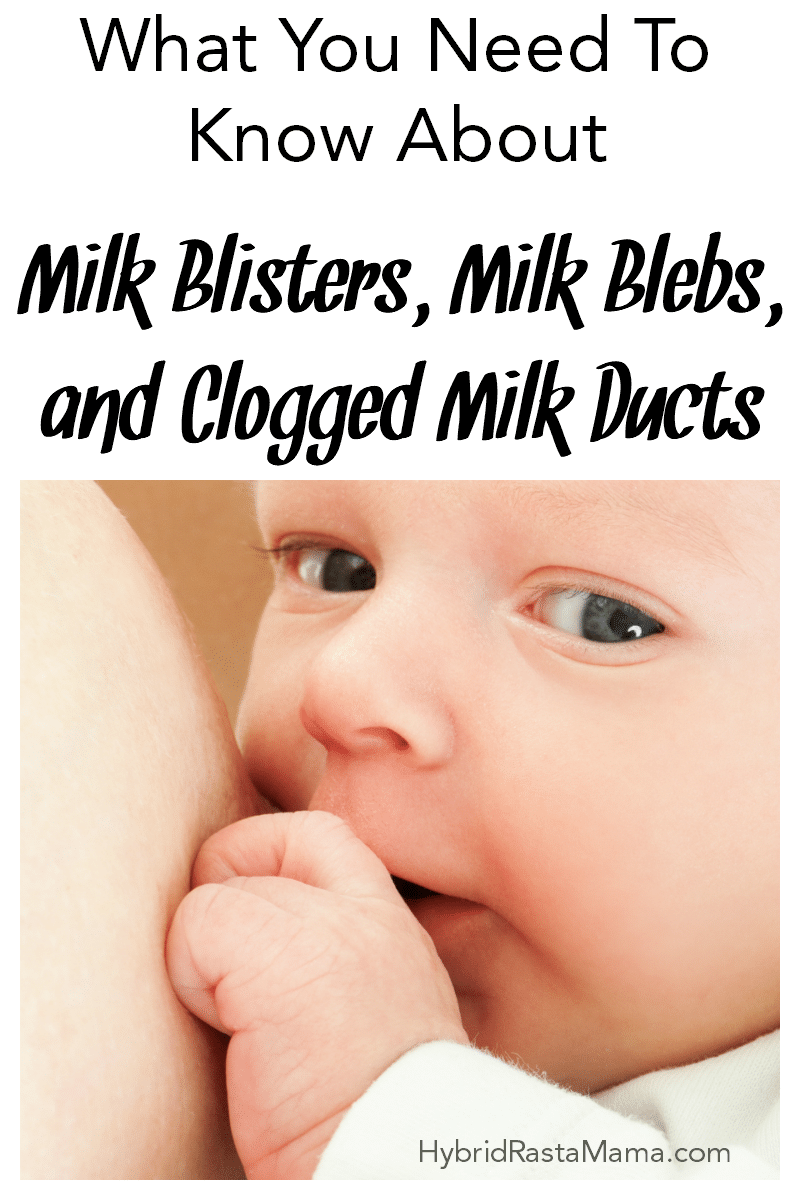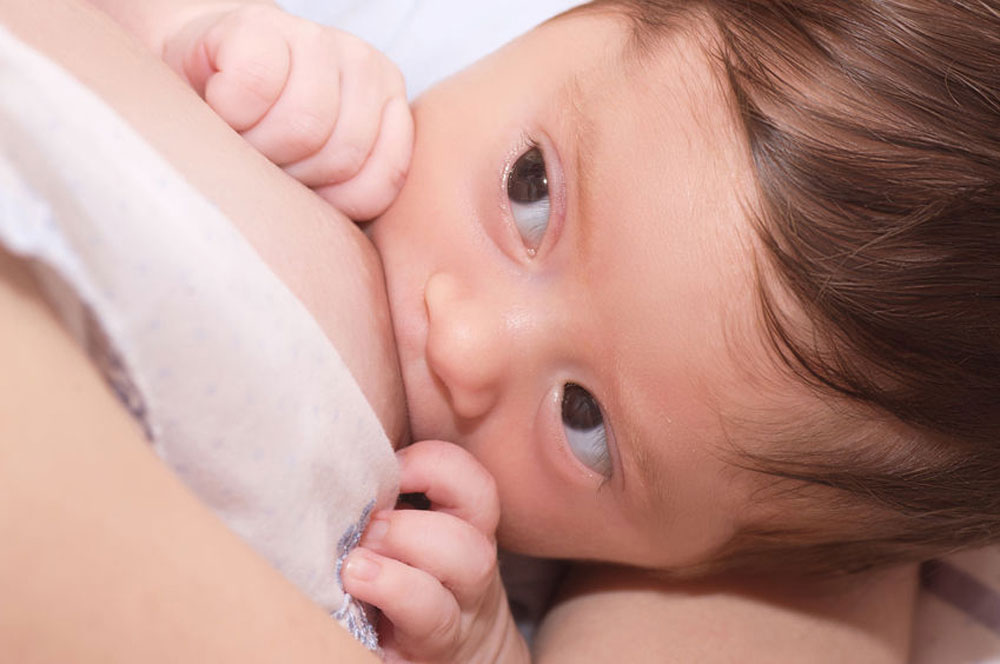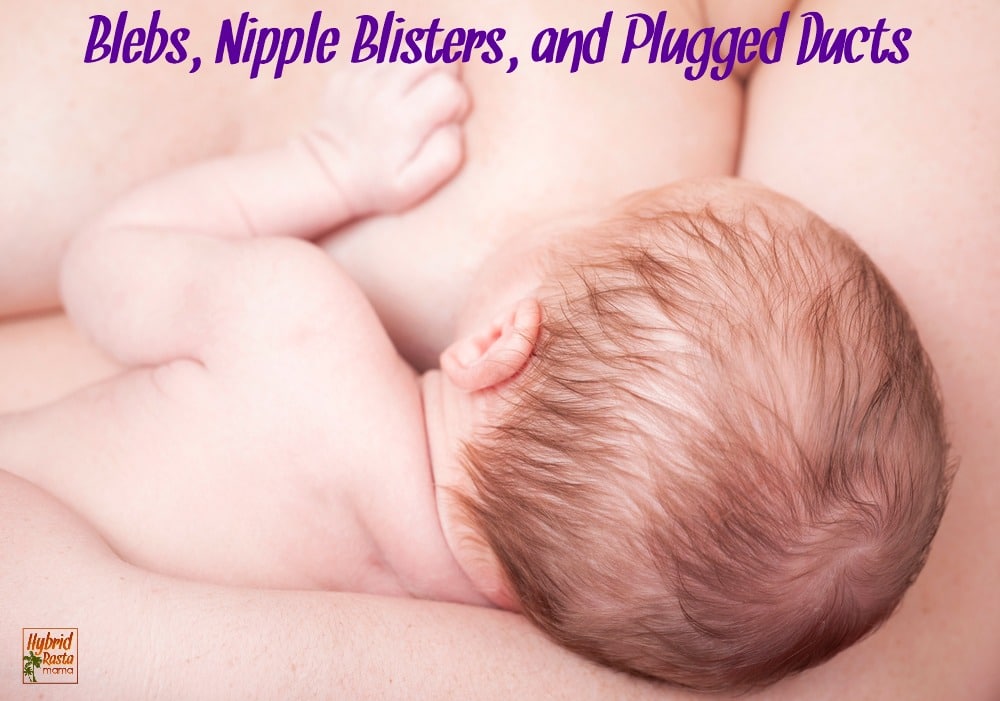Breastfeeding Blisters On Areola
Antifungal creams will clear a yeast infection right up. It may appear on the nipple and the areola as just a white clear or yellow dot but might sometimes stand out as a large blister.

Blisters On Nipples Breastfeeding Support
Nipples and areolas can be infected by herpes simplex by breastfeeding an infected baby or by the infected mouth of a sexual partner DAndrea 2019.

Breastfeeding blisters on areola. What Causes a Milk Blister. If you press your breast it may bulge outwards. How to treat nipple blisters from breastfeeding 6.
A babys mouth typically latches firmly onto the protruding nipple and part of the areola. There are two types of blisters that commonly develop on the nipples from pumping. The elementary cause of a blister on areola when nursing may be superfluity of milk excessive pressure on that area of the breast or the other usual causes of plugged ducts.
Some things might decrease the severity and symptoms. They may look like pimples but are actually blisters. Milk blister also known as white dot or nipple bleb is a painful tiny sack filled with milk on the tip of the nipple or on the areola.
Breast milk becomes thick and hard as a result which blocks milk flow near your nipple opening. The skin usually first shows tiny fluid-filled blisters which then crust over. One of the most common causes of nipple blisters is a problem with the way a baby latches onto his mothers nipple when breastfeeding.
Breastfeeding Challenges. Swollen red and flaky areolae with blisters that can be confused for pimples are symptoms in this case. Inverted or retracted nipples can make it difficult to breastfeed.
Nipple herpes causes one or more blisters to form on the nipple and areola with varying amounts of pain. A poor latchWhen your baby is not latched on to your breast correctly it can cause damage to your breast tissue areola and nippleA poor latch. A nipple blister may be the result of a yeast infection which can cause redness and burning pain.
A bleb also called a milk blister or blocked nipple pore is what forms when a little bit of skin grows over a nipple pore milk duct opening and breast milk backs up behind it. The elementary cause of a blister on areola when nursing may be superfluity of milk excessive pressure on that area of the breast or the other usual causes of plugged ducts. The cause may be your baby latching wrongly or incorrect use of a breast pump.
Wondering what does a milk blister look like well it appears like a dot or blister on your nipple or areola. A milk bleb or blister is a blocked nipple pore. The symptoms of thrush are mentioned here.
Latch suck and or tongue problems may contribute to blisters because of friction on the tip of the nipple. This extra growth obstructs the flow of milk by causing a bleb or blocking the pores. This usually happens when a milk duct becomes clogged causing milk to back up.
The blisters usually dry within 10 days. Milk blisters form when a milk duct becomes blocked either by an overgrowth of skin covering the area or a small amount of thickened milk. Sometimes a small amount of skin can grow over the bleb preventing it from healing.
If you compress the breast so that milk is forced down the ducts the blister will typically bulge outward. Those blisters can turn up on your breasts nipples or areola and may be filled with clear fluid or blood. The skin may seem weepy or crusty.
A milk blister usually shows up as a painful white clear or yellow dot on the nipple or areola and the pain tends to be focused at that spot and just behind it. Unfortunately like breastfeeding pumping can cause blisters and pain especially in the beginning. These raised bubbles containing reddish fluid can cause pain and interfere with breastfeeding.
A blocked nipple pore milk blister also called a milk bleb breastfeeding blister or nipple blister is a very common breastfeeding problem. It looks as if skin grew over the duct opening and blocked milk from coming out. Milk blistersMilk blisters are a medical condition that can cause bumps filled with breast milk that has become trapped in the breast ducts.
It can be caused by wearing nipple shields or a nursing bra that doesnt fit properly. A milk blister usually shows up as a painful white clear or yellow dot on the nipple or areola and the pain tends to be focused at that spot and just behind it. Candida also called thrush is a common infection in breastfeeding mothers but it can also strike those who arent breastfeeding particularly following a course of antibiotics.
The first sometimes called a milk blister appears when a thin layer of skin grows over a. Latch suck and or tongue problems may contribute to blisters because of friction on the tip of the nipple. The symptoms of eczema may include itching burning and raised red skin not so much on the nipple itself but mostly on the areola.
A milk or nipple blister occurs when there is extra skin growth on the nipple or around the areola. Friction blisters are caused by constant pressure or rubbing. Thats what stimulates milk production.
If you compress the breast so that milk is forced down the ducts the blister will typically bulge outward.

Blisters On Nipples Breastfeeding Support

Milk Blister Milk Bleb Or A Clogged Milk Duct Hybrid Rasta Mama
Milky Mama Llc Have A Bleb They Re More Common Than You Think Blebs Also Known As Milk Blisters Occur When A Tiny Bit Of Skin Grows Over A Milk Duct Opening

How To Treat And Prevent Milk Blisters

How To Treat A Milk Blister When You Re Exclusively Pumping

Posting Komentar untuk "Breastfeeding Blisters On Areola"